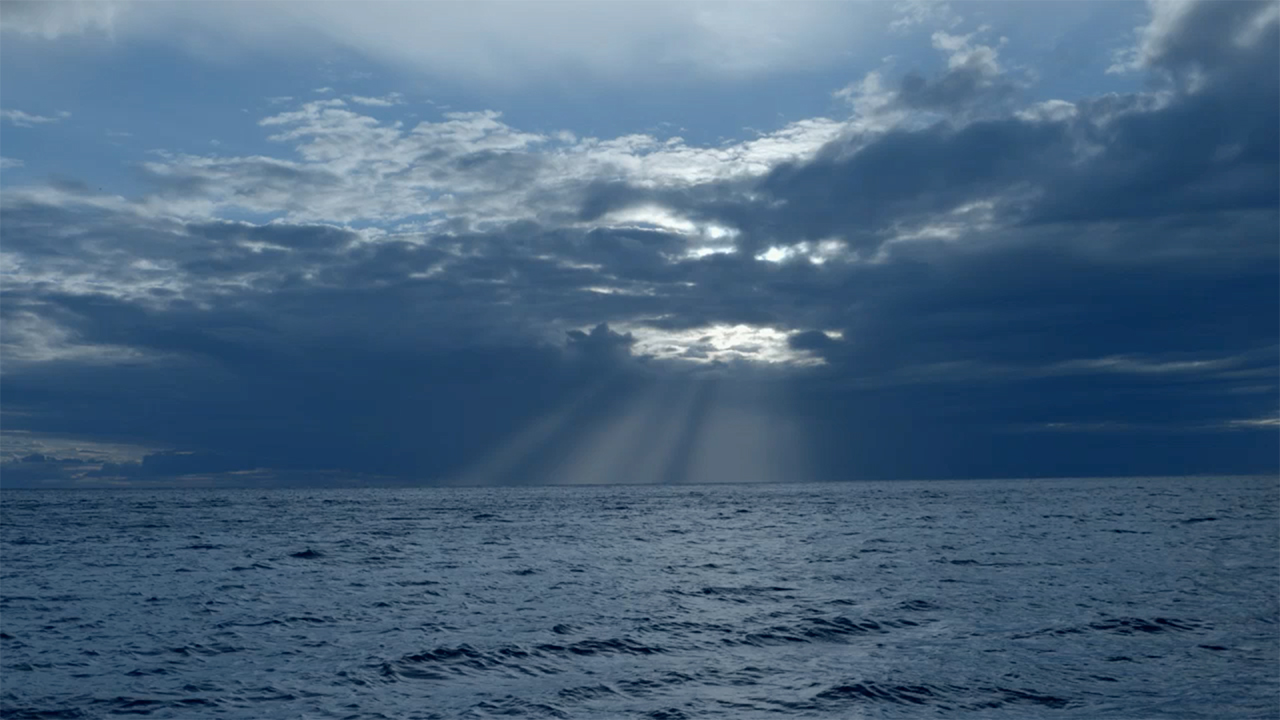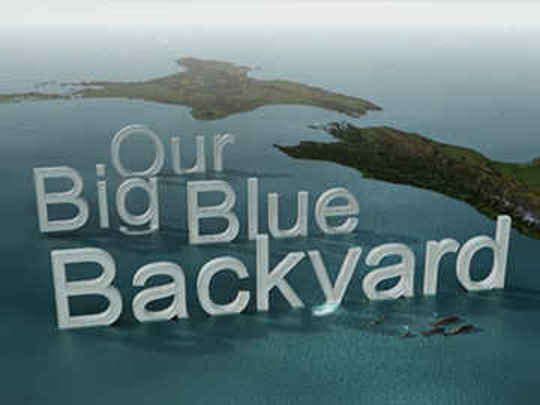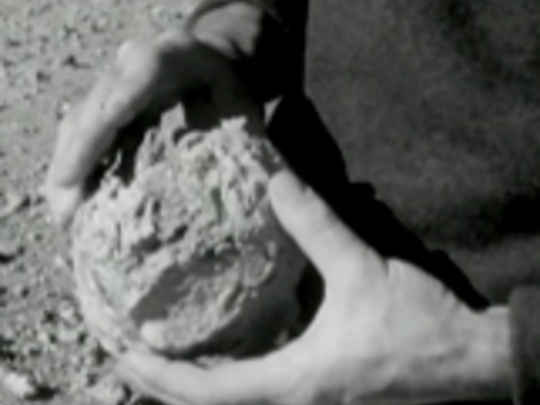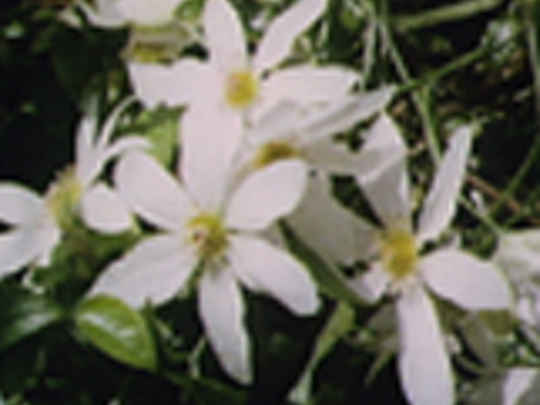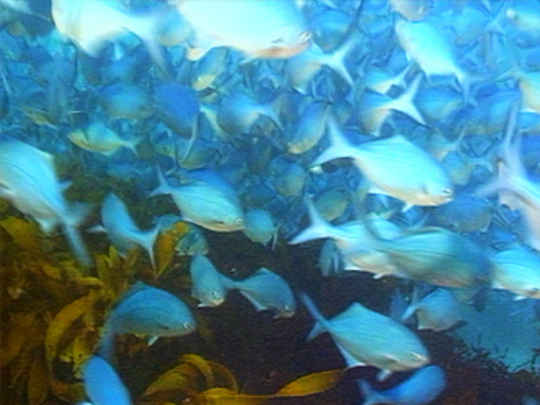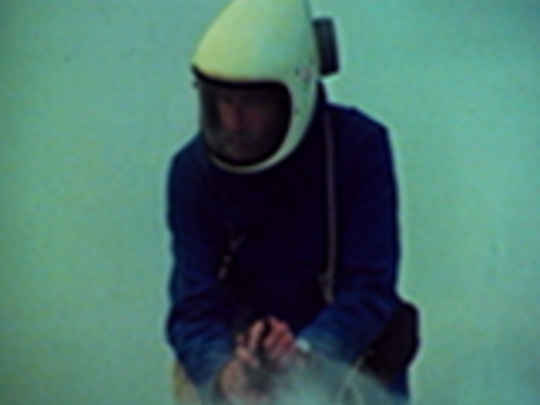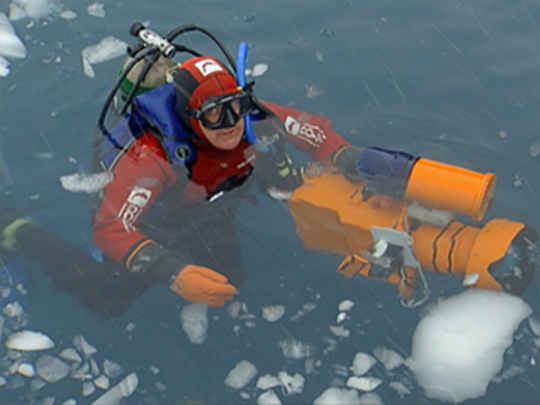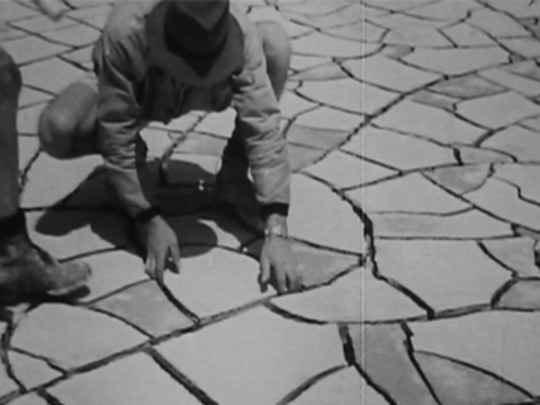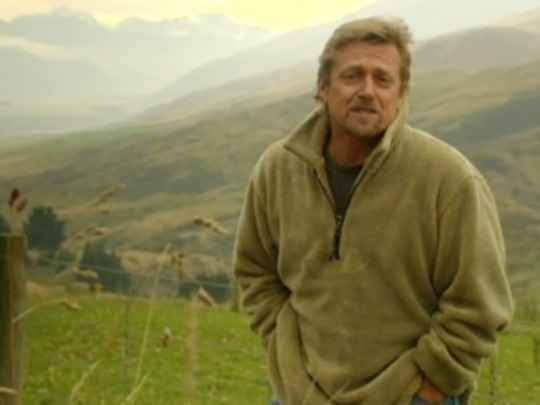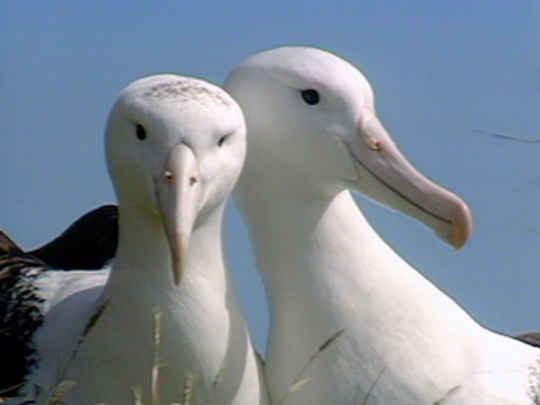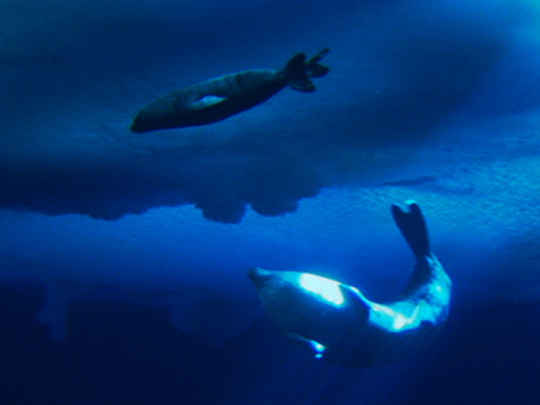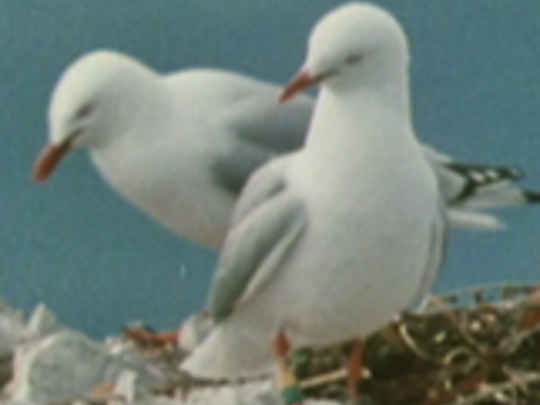Our Big Blue Backyard - White Island
Television (Full Length) – 2016
Fifty kilometres east of New Zealand’s North Island, in the middle of the Bay of Plenty, White Island erupts out of the sea.– Narrator Michael Hurst
Spewing noxious fumes for the past 150,000 years, this is New Zealand's most active volcano. At its heart, bubbles and acid lake, and plumes of sulphur dioxide rise skyward.– Narrator Michael Hurst
Surrounded by deep nutrient-rich waters, White Island is an ideal home for a diverse cast of locals, who thrive in habitats the volcano's eruptions have created over time.– Narrator Michael Hurst
From newly-hatched chicks, to nearly-fledged fluff balls, the colony is raucous with the sounds of new life.– Narrator Michael Hurst
Off White Island’s east coast, the volcano's activity leaves evidence of its toxic core beneath the waves. These are the champagne pools, named for the continuous stream of bubbles that rise up from volcanic vents on the sea floor.– Narrator Michael Hurst
New research has found that volcanic chemicals can alter the behaviour of fish, causing slower reactions when attacked by predators. Some White Island locals have learned to take advantage of this.– Narrator Michael Hurst
Gannets are not bothered by humans so they could film right in the middle of the colony. On very hot days they noticed the parents flying in with seaweed to drape under and over their fluffy chicks who were on the verge of suffering from heat stroke. It wasn’t until afterwards that we discovered the draping of seaweed like a blanket over the top of chicks had never been witnessed before.– Executive Producer, Judith Curran on discovering how the gannets keep cool living on an active volcano, Newsroom, April 2017
